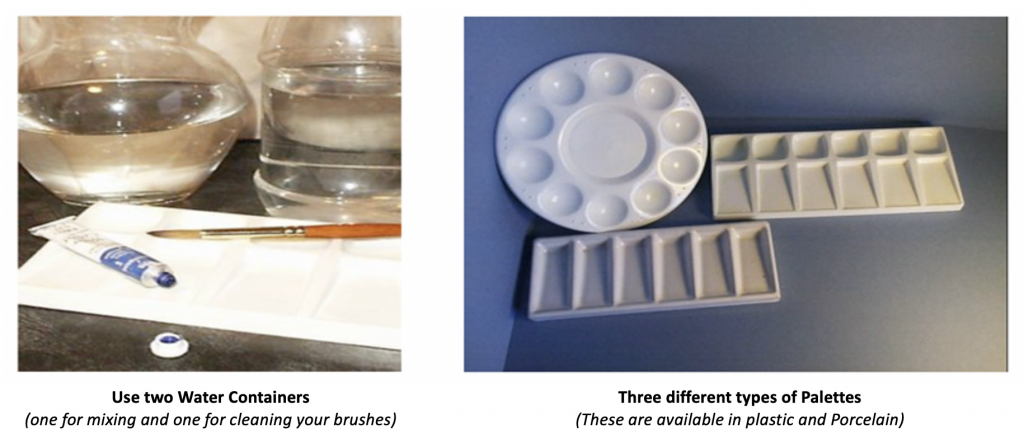An Introduction to Watercolour Paints and Pigments
The origins of watercolour paint can be traced back over 30,000 years. Earth pigments were ground from a variety of sources including earth (i.e. Red Ochre), rock, clay, and the soot from fires. The fruit of plants (berries) and coal were also used as ingredients. Burnt sticks, crude brushes made of animal fur and the artist’s own hands were used to depict a variety of subjects that ranged from abstract art, spiritual meanings, rituals, culture, learning (how to) and pictures of the animals they hunted.
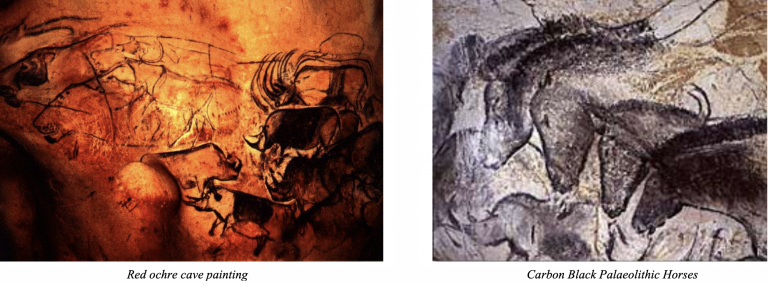
Watercolour painting as we know it today evolved through the innovative works of artists such as Albrecht Durer (1471-1528), the Flemish artist Anthony Van Dyck (1599-1641), and the Italian Renaissance painter Raphael (1483-1520).
Later in the 18th century Paul Sandby (1725-1809), who was considered the ‘Father of English Watercolour Painting’ would become a public figure and foundation member of the Royal Academy following his prolific output of paintings. It is indeed worthy to note that the total volume of his lifetimes work represented half of the English watercolours painted during this period.
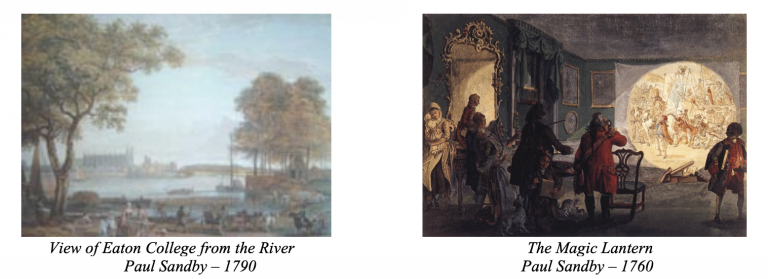
One of England’s most talented artists (and poet) of this period was Joseph Mallord William Turner (1775-1851) who fully exploited the potential of watercolour for his contemplative landscapes and seascapes.
Watercolour was also to gain further admirers when it gained popularity in Victorian times due to our forebear’s passion for scenery, travel and the natural world. Landscapes, seascapes and flowers were, and indeed still are some of the most frequently painted themes.

Watercolour Paints – some basic facts
Early pigments used in the manufacturing process included brightly coloured natural pigments such as:
- Cinnabar Malachite,
- Azurite,
- Sticlac (insect based),
- Rose petals
- Coloured earth (e.g. Ochre)
- Charcoal
- Copper (green verdigris)

These pigments, which were ground by hand, were often ‘bound’ with gelling agents such as gum arabic (from the acacia tree) to improve their consistency and dispersion. Other additives, including glair (a beaten and strained egg white) and white sugar candy (to reduce peeling and cracking) were often used. Honey was also occasionally used to improve plasticity.
Whilst most watercolour paint manufacturers jealously guard their recipes, our modern watercolour paints are still manufactured in much the same way. Nowadays though, the pigments are ground in a more controlled, scientific and predictable manner, using ingredients that are a result of technological advances in the field of organic chemistry. Many pigments do not naturally blend very easily and through research, this has been overcome by adding ‘wetting agents’ such as ‘ox gall’ and detergents to aid the dispersion process. Sugar is still used together with glycerine to prevent the medium drying out completely.
All watercolours have a standard of permanence or fugitiveness[1] that gives the artist an indication of how the paint will react to light and either fade or darken (e.g. Prussian Blue will fade, whereas Vermillion will darken in bright light). Colours that incorporate strong dye content (e.g. Alizarin Crimson) will often produce staining that may prove very difficult to remove.
Some colours granulate and care should be taken in their application as it can influence the overall effect of the painting. French Ultramarine in particular, is an example of this topic, and it will be apparent when used singularly or when mixed with other pigments.
Types of Watercolour
Watercolours are available in Pans (cakes), Tubes, Pencils and liquid forms and they are offered in two distinct types that are referred to as Student or Artist quality, the latter being the most expensive as they typically will contain rare pigments. Student quality watercolour paints will contain synthetic pigments and fillers and the colours will often be referred to as hues.
It is worthy to note that watercolour will dry lighter than when it is wet.
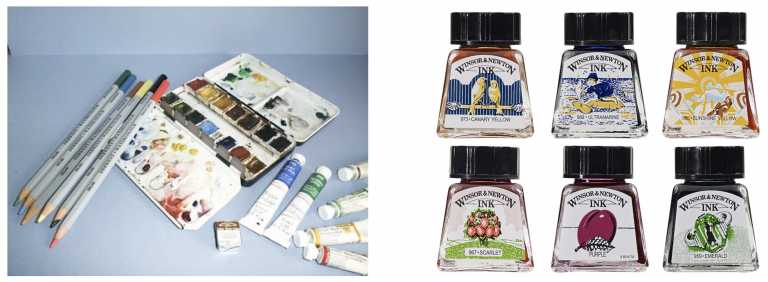
Watercolour Pencils, Watercolour Pans, Watercolour Tubes and Soluble Inks (use these inks with distilled water)
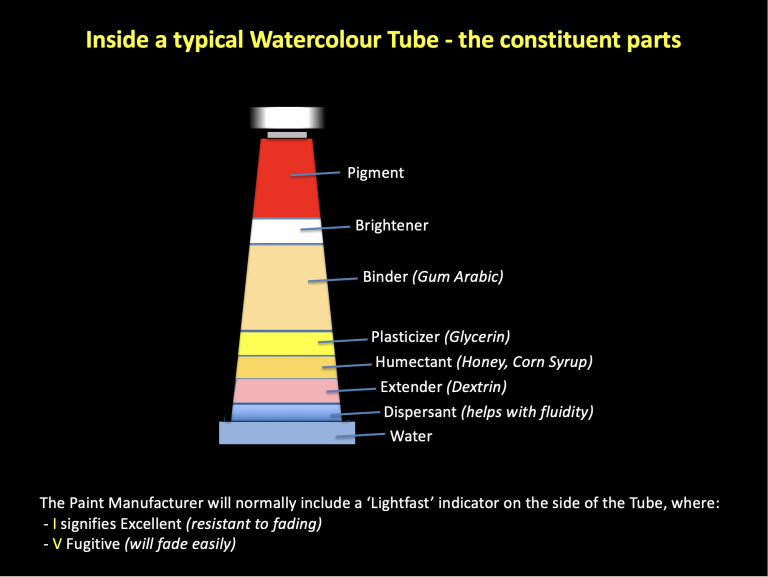
Watercolour Paper
Weight and surface texture classify watercolour papers, whereby:
- HP (Hot pressed in rollers) very smooth, fine grain, ideal for fine brush work, although colour washes are more difficult to control
- CP/NOT, (cold pressed/not pressed) these papers are the most popular and have a medium texture.
- Rough papers have as their name implies a rough surface texture that is produced by drying the sheets between rough felts without any pressing.
The weight of paper is an expression that relates to the weight of 500 sheets (a ream) measuring approximately 760mm x 560mm (30ins x 20ins). Papers with a weight less than 140 lb (300 gsm) will certainly need stretching. The most popular weight is 140 lb and papers are available up to 300lb (640 gsm).
PLEASE NOTE: Avoid placing your fingers on the surface of the paper. Your fingers will have grease on them and this will unintentionally stop the paint adhering to the surface.

The three surface textures of Watercolour Paper – note how the Watercolour Paint has settled in the ‘valleys’ creating beautiful texture
Stretching Watercolour Paper
As indicated previously when using watercolour paper that is less than 140lbs it is advisable to stretch your paper before use. This is a simple exercise that utilises a rigid board of 1/2in or 12mm thickness Medium Density Fibreboard (MDF) with dimensions that need to be 15mm minimum wider than the paper to be stretched on each of the four sides.
- Soak the paper in water until there are no dry patches (e.g. in the bath, sink or photographers developing tray)
- Allow surplus water to disperse before placing the paper symmetrically on the board. Cut strips of gum strip to lengths that are greater than the four sides of the paper.
- With a clean cloth or towel slightly dry (until just damp) each edge of the paper where the gums strip will be placed.
- Wet the gum strip and press firmly onto each edge of the paper, taking care to apply it equally between the board and paper.
- Allow the paper to dry naturally in a horizontal position.
- When dry the paper is ready for use.
Only remove the gum strip (carefully) when your painting is completely dry.
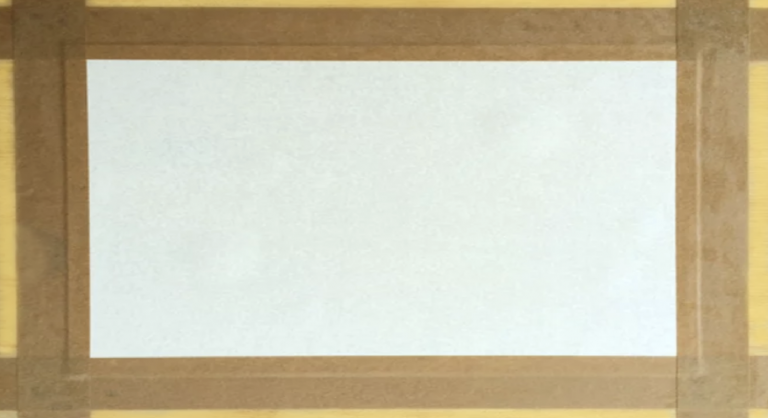
Watercolour Paper (140 lb NOT) stretched on 12mm thick MDF Board using gum strip.
Watercolour Brushes
There is a wide range of brushes available, from the expensive sable through to synthetic materials. Sable brushes have excellent water retention, whereas synthetics are generally less capable. A mix of sable and synthetic hair is a viable option. Other hairs are used such as Ox, Squirrel and Hog.
They come in a variety of shapes and sizes, the most common are Flat, Round and Rigger. They are standardised by a numbering convention, where a small number relates to a small brush dimension. Generally speaking, Flats and large Rounds are used for washes, whilst the smaller Rounds and Riggers are used for intricate detailed work.
PLEASE NOTE: Avoid using your expensive Watercolour Brushes to mix your Watercolour Paint. Use a cheaper synthetic type.

Drawing Equipment
Pencils
Mixing graphite dust with clay and then firing the strips in a furnace make graphite pencils. By altering the proportions of graphite to clay, pencils in varying degrees of hardness (H) and blackness (B) are produced.
- An everyday pencil is called a HB. There are approximately 20 different types of pencils available ranging from soft black 9B to a crisp hard 9H.
- A HB pencil is 50% graphite and 50% clay.
- To avoid creating unwanted indentations in the paper caused by pressing hard, it is advisable to use a 2B, 4B pencil (or higher number).
Permanent Ink Pens
These pens are available from 0.05 mm to 1.0 mm.
- They are invaluable when using the ‘Line and Wash’ Watercolour technique.
- Being permanent they prevent unwanted dilution of the ink, that would potentially ruin your artwork.
- There is not a prescribed approach to this technique, and the artist may draw the desired subject before applying paint or apply the ink drawing during or at the end of painting. To avoid a ‘colouring in book’ outcome, users of this technique will often be less exact when applying colour. This creates a spontaneity that makes the technique quite enjoyable and attractive.
Charcoal
Charcoal, traditionally made from fired willow or vine encourages the artist to be bold and uninhibited and may be purchased in different thicknesses.
It is useful for making rapid observational sketches, albeit on a large scale, as it has a tendency to be messy and somewhat restrictive for small detailed work.
Charcoal is also available in a compressed form and whilst this produces richer darks than traditional charcoal, it is more difficult to erase.

PLEASE NOTE: Some artists draw with their Watercolour Brushes or indeed miss out the drawing phase altogether.
Equipment for mixing and holding Watercolour Paint
Water Containers
It is advisable to have two water containers:
- One for mixing colour
- One for washing your brushes
Palettes
Artists use an array of equipment in which to mix their paints. These range from china plates or saucers, through to specially designed porcelain or plastic types of palettes. The porcelain types will resist staining although they are more expensive.
